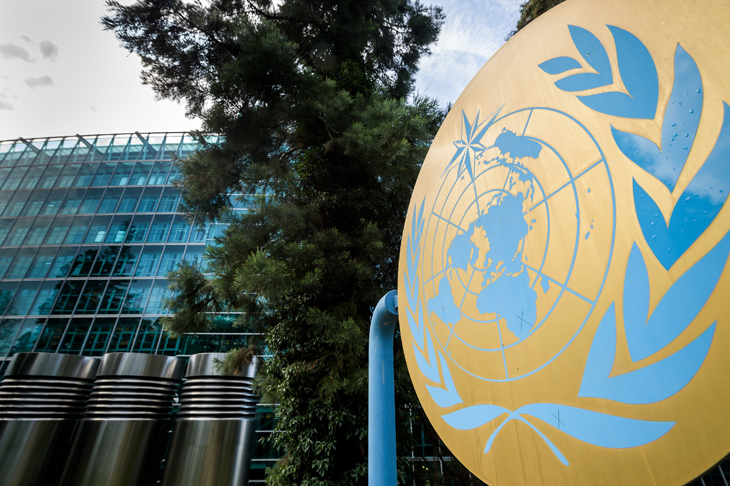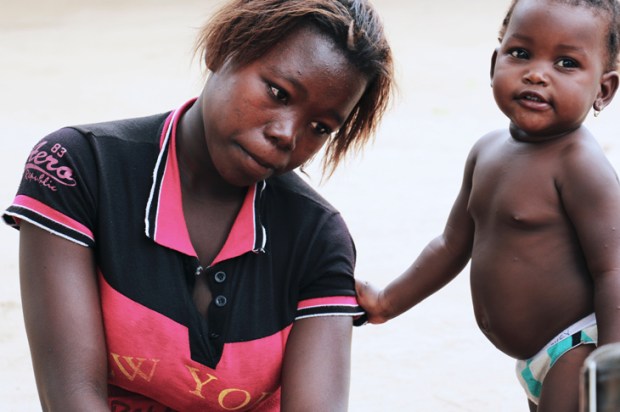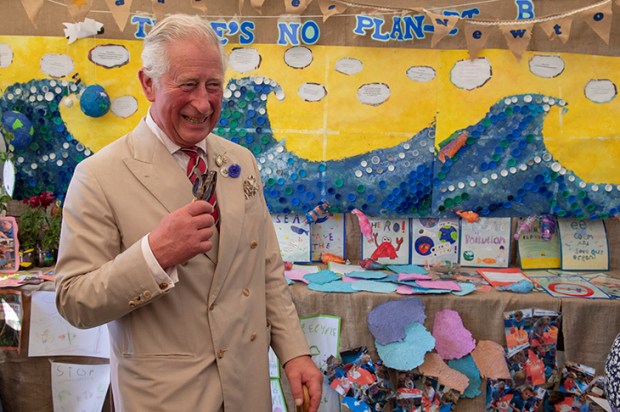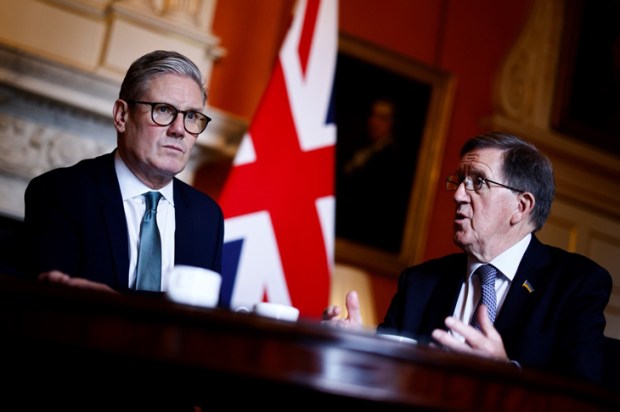In its 2020 State of the Climate report the Bureau of Meteorology informs readers, ‘Observations, reconstructions and climate modelling paint a consistent picture of ongoing, long-term climate change interacting with underlying natural variability’. Such vague prognostications, even when technically correct, are essentially worthless. Surely for half a billion dollars a year taxpayers deserve better than that?
Specifically, the Bureau predicts ‘Further sea-level rises along with the likelihood of more frequent and severe bleaching events in coral reefs ….’
Already a subscriber? Log in
Subscribe for just $2 a week
Try a month of The Spectator Australia absolutely free and without commitment. Not only that but – if you choose to continue – you’ll pay just $2 a week for your first year.
- Unlimited access to spectator.com.au and app
- The weekly edition on the Spectator Australia app
- Spectator podcasts and newsletters
- Full access to spectator.co.uk
Unlock this article
You might disagree with half of it, but you’ll enjoy reading all of it. Try your first month for free, then just $2 a week for the remainder of your first year.














Comments
Don't miss out
Join the conversation with other Spectator Australia readers. Subscribe to leave a comment.
SUBSCRIBEAlready a subscriber? Log in